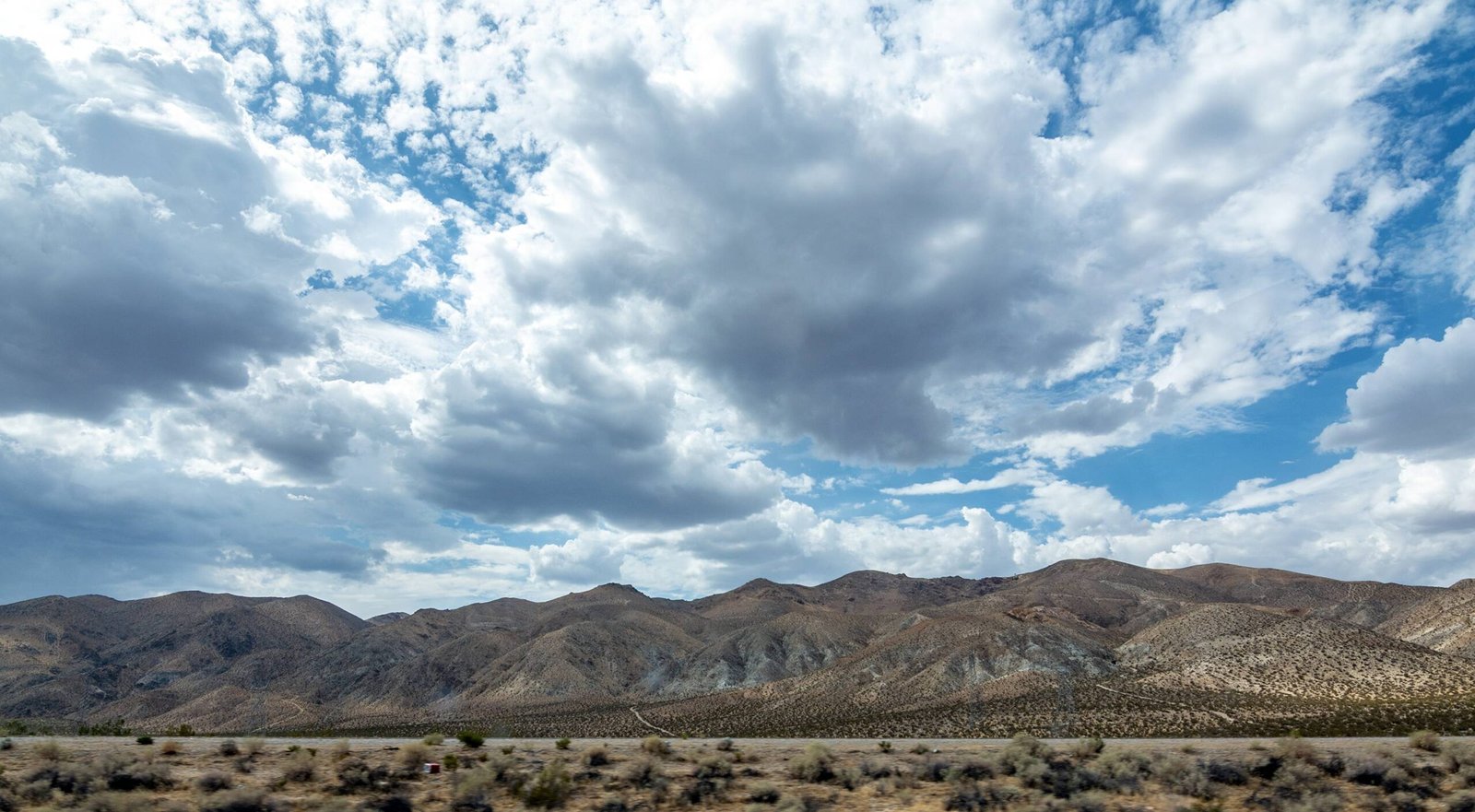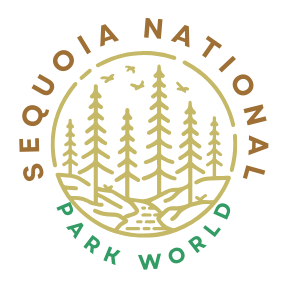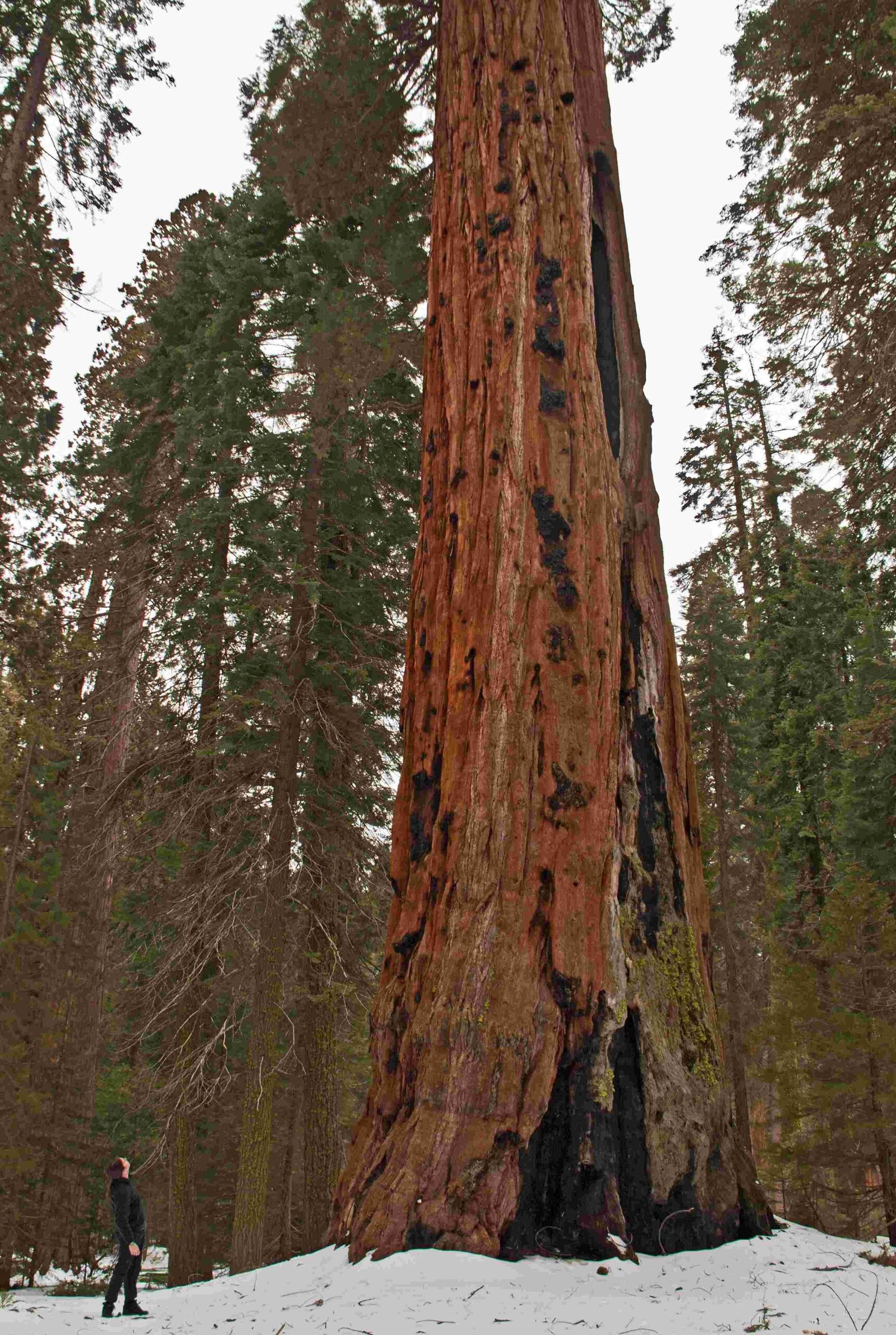Bear season in Sequoia National Park is a fascinating time when black bears become more active and visible. This period typically spans from spring through fall, with peak activity during the warmer months. Visitors can observe bears foraging for food, but must follow strict safety guidelines to protect both themselves and the bears. Understanding bear behavior, activity patterns, and park regulations is crucial for a safe and enjoyable experience during bear season in Sequoia National Park.
When Does Bear Season Start in Sequoia National Park?

Bear season in Sequoia National Park generally begins in spring and extends through fall. However, bear activity can vary depending on several factors:
- Spring (March-May): Bears emerge from hibernation and become active in meadows and forests.
- Summer (June-August): Bears are often seen near berry-producing shrubs and water sources.
- Fall (September-November): Bears increase their foraging activity to prepare for winter hibernation.
It’s important to note that bears can be active year-round in the park, especially at lower elevations where food may be available even during winter months.
What Are the Daily Activity Patterns of Bears in Sequoia National Park?

Black bears in Sequoia National Park exhibit distinct daily activity patterns:
- Morning (Dawn to Mid-morning): High activity, often foraging in meadows and forests
- Midday: Moderate activity, may seek shade or water sources
- Evening (Late Afternoon to Dusk): High activity, return to foraging
- Night: Generally lower activity, though some bears may remain active
These patterns can vary based on factors such as:
- Season
- Food availability
- Human presence
- Individual bear behavior
Understanding these patterns can help visitors plan their activities to maximize bear viewing opportunities while minimizing potential conflicts.
Where Are the Best Locations to Observe Bears Safely?
While bear sightings can occur throughout Sequoia National Park, some areas are known for higher bear activity:
- Meadows: Especially in spring and early summer
- Forested areas: Look for signs of bears ripping apart logs for insects
- Manzanita and bitter-cherry bushes: Popular feeding spots in late summer
- Oak groves: Prime locations for bear activity in fall
| Location | Best Time to Visit | Bear Activity |
|---|---|---|
| Meadows | Spring/Early Summer | Foraging for grasses and roots |
| Forests | Spring/Summer | Searching for insects in logs |
| Berry Bushes | Late Summer | Feeding on ripe berries |
| Oak Groves | Fall | Consuming acorns |
Remember to always maintain a safe distance and use binoculars or telephoto lenses for observation. Never approach bears or interfere with their natural behavior.
What Safety Precautions Should Visitors Take During Bear Season?
Ensuring safety during bear season is crucial for both visitors and bears. Follow these essential guidelines:
- Food Storage:
- Use provided metal storage boxes at campsites
- Store food in vehicle trunks when boxes are unavailable
-
Never leave food unattended, even for a short time
-
Maintain Distance:
- Stay at least 100 yards away from bears
- Use binoculars or telephoto lenses for viewing
-
Never approach or feed bears
-
Hiking Safety:
- Make noise while hiking to alert bears of your presence
- Hike in groups when possible
-
Carry bear spray and know how to use it
-
Campsite Precautions:
- Keep a clean campsite
- Store all scented items (including non-food items) properly
-
Use bear-resistant trash cans and dumpsters
-
Reporting:
- Report all bear sightings and incidents to park rangers
- Follow ranger instructions during bear encounters
By adhering to these safety measures, visitors can help maintain the delicate balance between human activity and bear conservation in Sequoia National Park.
How Has Bear Behavior Changed in Recent Years?
Recent observations have shown some changes in bear behavior within Sequoia National Park:
- Increased Human Interaction:
- More bears becoming habituated to human presence
-
Some bears associating humans with food sources
-
Seasonal Adaptations:
- Changes in foraging patterns due to climate variations
-
Altered hibernation schedules in some cases
-
Range Expansion:
- Bears observed in areas previously uncommon for sightings
-
Potential conflicts with human-populated areas near park boundaries
-
Food Source Shifts:
- Adaptation to new food sources, including human-introduced plants
- Increased reliance on human food in some cases, leading to management challenges
Park officials continue to monitor these changes and adjust management strategies accordingly to ensure the safety of both bears and visitors.
What Should Visitors Do If They Encounter a Bear?
In the event of a bear encounter, follow these steps:
- Stay Calm:
- Do not run or make sudden movements
-
Speak calmly and firmly to the bear
-
Make Yourself Look Large:
- Stand tall and raise your arms
-
If in a group, stand together
-
Back Away Slowly:
- Maintain eye contact with the bear
-
Move sideways if possible to allow the bear an escape route
-
Use Bear Spray:
- If the bear approaches, use bear spray as directed
-
Aim slightly downward and spray when the bear is within 20-30 feet
-
Play Dead (Only if Attacked):
- If a brown/grizzly bear attacks, play dead
-
If a black bear attacks, fight back vigorously
-
Report the Encounter:
- Inform park rangers of any bear encounters immediately
By following these guidelines, visitors can minimize the risk of negative bear encounters and contribute to the conservation efforts in Sequoia National Park.
How Does the Park Manage Bear Populations?
Sequoia National Park employs various strategies to manage bear populations and minimize human-bear conflicts:
- Monitoring:
- Regular population surveys
-
Tracking individual bears with radio collars
-
Habitat Management:
- Preserving natural food sources
-
Restoring degraded habitats
-
Education:
- Visitor education programs
-
Signage and informational materials throughout the park
-
Conflict Mitigation:
- Implementing strict food storage regulations
-
Using hazing techniques to keep bears away from developed areas
-
Research:
- Ongoing studies on bear behavior and ecology
- Collaboration with other parks and wildlife agencies
These management efforts aim to maintain a healthy bear population while ensuring visitor safety and preserving the natural ecosystem of Sequoia National Park.
Bear season in Sequoia National Park offers unique opportunities for wildlife observation and connection with nature. By understanding bear behavior, following safety guidelines, and respecting the park’s regulations, visitors can enjoy a memorable and safe experience while contributing to the conservation of these magnificent animals and their habitat.
References:
1. Black bear activity patterns and human induced modifications in Sequoia National Park
2. Black Bear Encounters – Sequoia & Kings Canyon National Parks
3. Bears and Food Storage – Sequoia & Kings Canyon National Parks

